Market Share
Glass Bonding Adhesives Market Share Analysis
Market share positioning strategies play a pivotal role in the success of the Glass Bonding Adhesives Market, as companies strive to establish a competitive edge in this dynamic industry. One key approach involves product differentiation, where companies focus on developing unique and innovative adhesives that cater to specific customer needs. This can include adhesives with enhanced bonding capabilities, improved durability, or specialized applications such as automotive, construction, or electronics. By offering distinct features, companies can carve out a niche for themselves and attract a dedicated customer base.
Another effective strategy is pricing positioning, where companies strategically set their prices to gain a competitive advantage. This can involve offering premium products at a higher price point, positioning the adhesives as high-quality and superior to competitors. Conversely, some companies may adopt a cost leadership approach, offering more affordable options without compromising on quality. Finding the right balance between pricing and perceived value is crucial for attracting a diverse range of customers and maximizing market share.
Distribution channels also play a crucial role in market share positioning. Companies may opt for an extensive distribution network, ensuring their products are readily available across a wide range of outlets. This approach aims to increase accessibility and convenience for customers, potentially capturing a larger market share. Alternatively, a more exclusive distribution strategy may be employed, targeting specific high-end markets or industries. This exclusivity can create an aura of prestige around the adhesives, appealing to customers who value uniqueness and quality.
Building strong relationships with customers is another essential aspect of market share positioning in the Glass Bonding Adhesives Market. Companies may invest in customer service, providing technical support, and offering customized solutions to meet individual requirements. This customer-centric approach can result in increased loyalty and repeat business, helping to solidify a company's market share over the long term.
Strategic partnerships and collaborations also contribute to market share positioning. Forming alliances with key players in related industries or engaging in joint ventures can open up new opportunities and broaden the market reach. This collaborative approach allows companies to leverage each other's strengths, share resources, and collectively enhance their market position.
Innovation is a constant driver of market share in the Glass Bonding Adhesives Market. Companies that invest in research and development to stay ahead of industry trends and technological advancements are better positioned to capture a larger market share. This can involve the introduction of eco-friendly adhesives, products with improved performance characteristics, or advancements in application techniques. Staying at the forefront of innovation ensures that a company's offerings remain relevant and in demand.
Lastly, effective marketing and brand positioning are critical elements of market share strategies. Creating a strong brand identity, communicating the unique selling propositions of the adhesives, and establishing a positive brand image can significantly impact consumer perception. Well-executed marketing campaigns, both online and offline, can increase brand awareness, attract new customers, and solidify a company's position in the market.


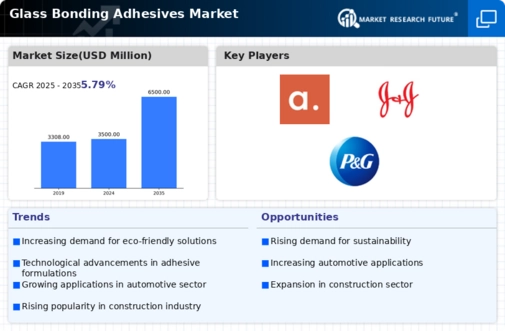
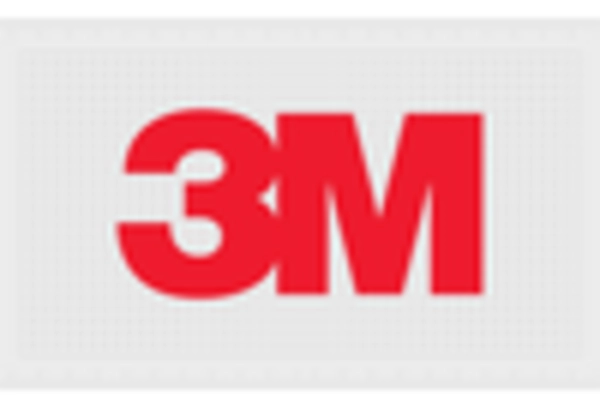

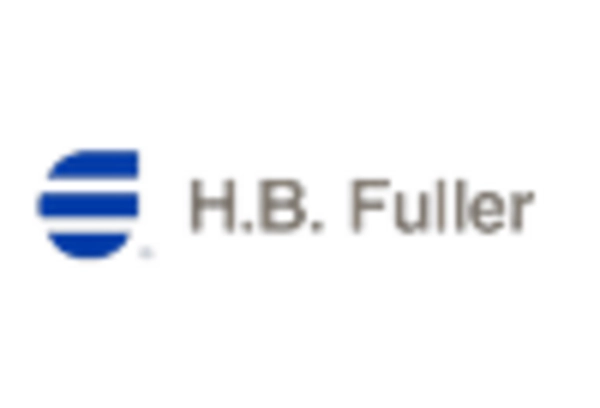
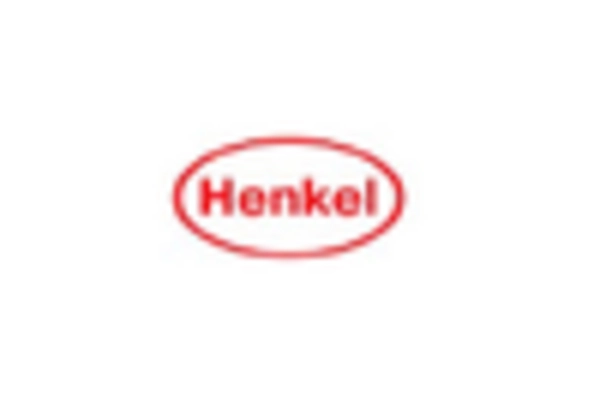
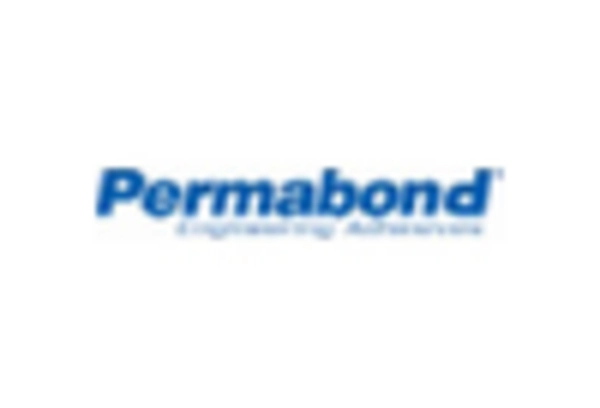
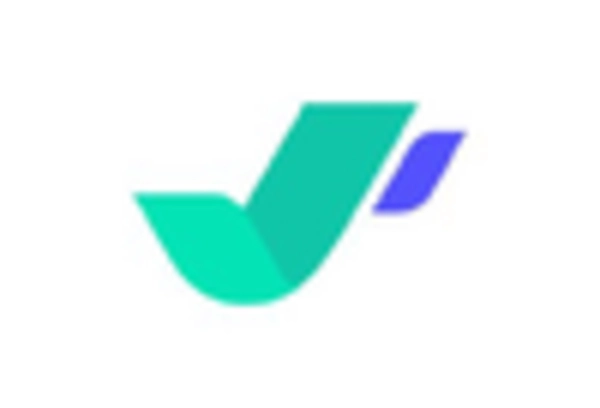









Leave a Comment